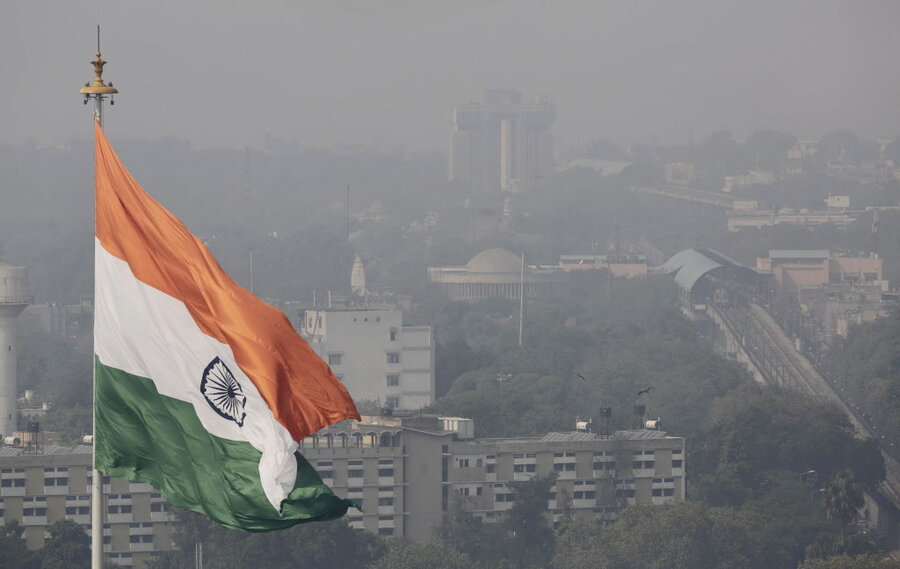New Delhi announces plan to curb car pollution
Loading...
The government in New Delhi has instituted a new plan specifically aimed at curbing the air pollution levels in that city.
Under the new rules, cars with odd-numbered license plates will be able to drive one day, and cars with even-numbered plates will be able to drive the next. The plan will be limited to those vehicles that are registered in the Indian capital, and will go into effect starting January 1st.
This alternating odd-even proposal seeks to reduce air pollution levels below their current record highs: New Delhi is currently the most polluted city in the world. India as a whole currently makes up about four percent of total world greenhouse-gas emissions, and that number continues to grow.
India has taken steps to reduce air pollution before. In 2012, Delhi introduced natural-gas auto rickshaws as part of a move to provide cleaner and more efficient forms of transportation to its burgeoning population.
More recently, India proposed a series of vehicle-efficiency reforms that have been opposed by automakers, which could significantly reduce the number of toxic particles in the air if implemented.
The new plan was announced during the international Paris climate talks, which began Monday.
Each nation attending the talks was required to submit a proposal for how it intends to combat climate change, called an Intended Nationally Determined Contribution (INDC).
In their INDC plan, India recognized the challenges of growing as a nation while at the same time reducing its environmental impact.
“Just because economic development of many countries in the past has come at the cost of environment, it should not be presumed that a reconciliation of the two is not possible,” the pledge reads. “It is possible for people to live in harmony with nature by harnessing its potential for the benefit of mankind without undue exploitation.”






